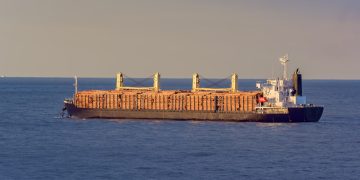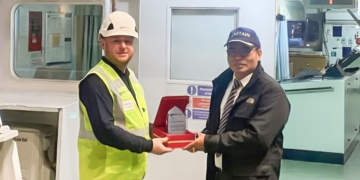Oil major BP announced that it will deploy continuous measurement of methane emissions in its future BP-operated oil and gas processing projects as part of its ambitious programme to detect, measure and reduce methane emissions.
According to the company’s statement, the technology has already been tested and installed in existing facilities, as BP’s giant natural gas Khazzan field in Oman.
The data gathered from the new technology will be used to help BP tackle methane emissions and develop the best practices, following its aim on delivering and improving BP’s methane intensity target of 0.2% from its upstream operations.
[smlsubform prepend=”GET THE SAFETY4SEA IN YOUR INBOX!” showname=false emailtxt=”” emailholder=”Enter your email address” showsubmit=true submittxt=”Submit” jsthanks=false thankyou=”Thank you for subscribing to our mailing list”]
Moreover, the technology represents a major leap in the oil and gas industry as it will enable the detection, quantification and reduction of methane emissions.
Gordon Birrell, BP’s chief operating officer for production, transformation and carbon stated
For gas to play its fullest role in the energy transition, we have to keep it in the pipe. This new technology will help us do that by detecting methane emissions in real time. The faster and more accurately we can identify and measure leaks, the better we can respond and, informed by the data collected, work to prevent them.
In addition to this technology, the oil major will also launch a new generation of drones, hand-held devices and multi-spectral flare combustion cameras, drawing upon scientific breakthroughs made in diverse fields, spanning healthcare, space exploration and defence.
In March, BP announced its Upstream Carbon Fund – $100 million of funding for selected emission reduction projects to deliver new greenhouse gas (GHG) emissions reductions in BP’s existing Upstream oil and gas operations. By the end of 2018, BP generated 2.5 million tonnes of sustainable GHG emissions reductions throughout its businesses.
































































